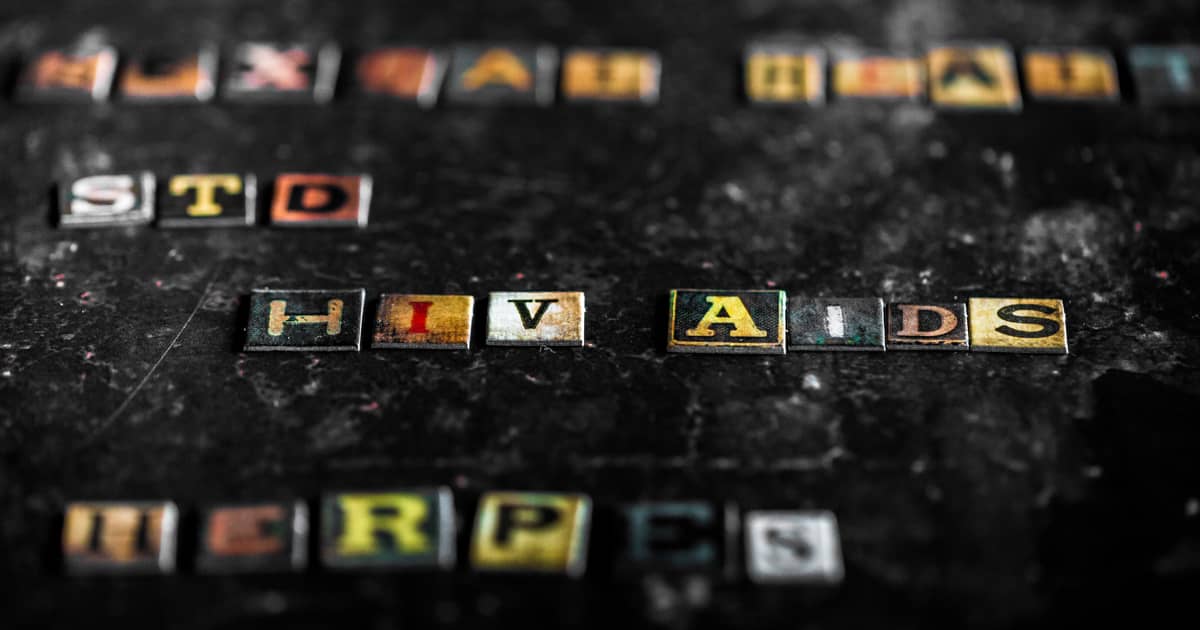Preliminary data about STD prevalence in various parts of the world is painting an alarming picture. Syphilis, gonorrhoea and chlamydia are on the rise across the globe. In fact, countries like the UK and the US are declaring the situation to be out of control.
Numerous factors are at play when it comes to the unprecedented spike. And while the numbers are troubling, a lot can be done as far as prevention goes.
Sharp Increases in Syphilis and Other STDs
According to the US Centers for Disease Control and Prevention (CDC), preliminary data suggests 2.5 million reported cases of gonorrhoea, chlamydia and syphilis in 2021. As per the report, the second year of the Covid-19 pandemic marked consistent rise in STDs, much similar to the situation that occurred over the course of 2020.
Syphilis cases registered the biggest spike. In 2017, there were 101,590 reported syphilis cases. By 2021, that number has reached 171,074 cases. Congenital syphilis cases went up from 941 in 2017 to 2,677 in 2021. For gonorrhoea, the increase is from 555,608 cases in 2017 to 696,764 cases in 2021.
Chlamydia is the only STD that has registered a drop in the number of new cases – from 1,708,569 in 2017 to 1,628,397 in 2021.
These numbers have prompted news channels like ABC News to label the situation an “out of control” one.
According to the report, the number of new syphilis cases in 2021 reached the highest levels since 1991. It’s also troubling to point out that the rate of new HIV infections grew by 16 per cent.
The cases of syphilis started plummeting in the United States in the 1940s. This tendency coincides with increased antibiotics availability and affordability. The lowest rates were reached in 1998 and at the time, fewer than 7,000 cases were reported across the country. An increase in new infections started occurring in 2002. The vast majority of these new infections were detected among gay and bisexual men.
Experts suggest that right now, more people are having unprotected sex. Hence, STDs are proliferating. Many of these conditions have a period during which they don’t produce symptoms but can still be passed from one person to another. This is an obvious issue that leads to the aggravation of the problem.
In the UK, health authorities have recorded similarly alarming numbers. The number of new syphilis infections hit the highest level in three decades.
The Causes
Several factors work together to produce the major increase in STD rates.
Inadequate funding and the redirection of funds to Covid-19 testing have made it more difficult for many people to get screened adequately and regularly. This problem affects prevention measures in numerous parts of the world.
Delayed diagnosis and treatment during the pandemic also had a negative effect on STD prevention efforts.
For some time now, condom use has also been declining.
According to Healthline, condom use among teens in the US has gone down from 62 per cent in 2007 to 54 per cent in 2017. Over the course of the Covid-19 pandemic, the use of condoms declined even further. A survey performed by the charity organisation LetsStopAIDS in Canada suggests the number of people aged 18-24 who report they never use a condom has gone up to 32 per cent in 2022, compared to 16 per cent in 2020.
Additionally, the study found out that 28 per cent of those diagnosed with an STD didn’t receive treatment. Of those who reported an STD diagnosis, 54 per cent contracted gonorrhoea.
The researchers have reached an interesting conclusion. Many young individuals who became sexually active during the pandemic lacked information about safe sexual practices and protecting themselves. Hence, many of those young people refrained from utilising barrier contraception safely and consistently.
Protecting Yourself and Your Loved Ones: Options Exist
If you’re feeling scared by those numbers, you should definitely brush up on your STD prevention information.
The good news is that you have options, many of those affordable and readily available.
Abstinence and refraining from engagement in dangerous sexual practices (having multiple casual partners, not getting tested before engaging in sexual encounters) are the safest options.
The use of barrier contraception like condoms is another reliable choice. Male condoms are 98 per cent effective against STDs when used correctly. Standard latex condoms prevent even the smallest of pathogens from passing across the material and causing an infection.
It’s also essential to getting tested for STDs regularly, even if you are in a committed monogamous relationship. Those who engage in riskier practices should definitely get STD testing more often – every few months would be ideal. For those who have a single partner, screening once or twice per year would be optimal.
While prevention options like HIV pre-exposure prophylaxis (PrEP) do exist, they’re not a reliable choice for all-encompassing STD protection. If you’d like to learn more about your choices and options, get in touch with healthcare professionals in Singapore.
Shim Clinic’s team can consult you, guide you through the choices and conduct STD screening right when you need it. Find out more by contacting us or come to Shim Clinic during working hours every day of the week.

